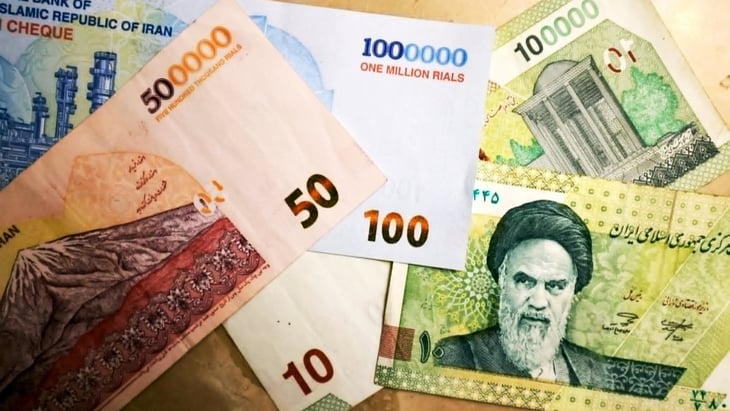
Iran is believed to have long been contemplating removing zeros from its currency by printing blurred zeros on large denomination notes - Photo: AFP
The decision, made on October 5, aims to "simplify transactions" and "reduce the cost of printing money" in the context of the rial being one of the weakest currencies in the world . In modern world history, many countries have performed similar "currency surgery" with very different levels of success.
Success stories
Türkiye is considered the most successful example of removing zeros from its currency. Ankara's efforts began after the "lost decade" (1991 - 2001), when inflation averaged 75.9% per year. However, the journey did not begin with paper money, but through a far-reaching reform program.
Türkiye has put forward three key pillars of reform, the first of which is to implement strict fiscal discipline.
Ankara has pledged to tighten its belts to achieve an average annual primary budget surplus of nearly 6% of gross domestic product (GNP).
The savings will be used to reduce public debt from nearly 80% of gross domestic product (GDP) to below 40% within seven years.
In parallel, the government of then- Prime Minister Tayyip Erdogan carried out a comprehensive overhaul of the banking system and established a new Banking Regulatory and Supervision Authority (BRSA).
Notably, Ankara moved to give full independence to the central bank with a clear mandate to stabilize prices, instead of submitting to the will of the executive as before.
Only after achieving solid stability did Türkiye proceed to cut six zeros from the lira in 2005. The move was seen as the “final step” of a major reform, a symbolic confirmation of the success achieved.
Thanks to the above methodical reform process, Türkiye's average GDP growth in the period 2002 - 2007 reached 6.75%, while inflation dropped to single digits.
Another relatively successful example is Ghana. In 2007, Accra took the initiative to cut four zeros from its currency despite not facing any systemic crisis.
Ghana has prepared very carefully for this plan by applying the "inflation targeting" policy since May 2007 - setting a specific roadmap to maintain low inflation, right before the currency revaluation. A series of legal upgrades have also been made such as amending the banking law, the credit reporting law...
Most importantly, the Ghanaian government launched a widespread propaganda campaign under the slogan "Value Unchanged", clarifying that the revaluation was not a devaluation, helping to prevent a loss of confidence in the cedi.
Thanks to the above reforms, Ghanaian commercial banks reported significant reductions in transaction times and costs, while also sending a positive signal of economic stability to international investors.
Analysts say the two cases above used the removal of zero as symbolic "technical actions", not a "silver bullet" to change the fate of the crisis-stricken economy.
The success of Türkiye and Ghana was not due to stronger currencies, but to systematic, comprehensive and effective reforms.
Lessons of failure
Without the above prerequisites, cutting zeros will not only not improve but also push the economy into a deeper crisis spiral. Zimbabwe is the most extreme example, cutting a total of 25 zeros in three adjustments in just four years (2006, 2008, 2009).
Notably, these adjustments not only failed to curb inflation but also made the situation worse. In November 2008, hyperinflation in this southern African country reached 79.6 billion percent/month.
The currency situation here only improved after the government decided to abandon the local currency, using the US dollar and the South African rand in 2009.
By 2019, with foreign reserves depleted, Harare revived the Zimbabwean dollar, causing chaos again.
Venezuela also fell into a similar vicious cycle with multiple zero cuts (2008, 2018, 2021) but controversial fiscal policies continued.
The country's government is accused of continuing to use the central bank as a "money printing machine" to finance huge spending, leading to a real GDP decline of more than 75% between 2013 and 2021.
The reason why the reforms of the two countries failed was because the governments of the two countries used cutting the number 0 as "desperate reactionary measures".
If the economy is like the human body, the governments of Zimbabwe and Venezuela have only tried to take painkillers while ignoring the increasingly serious "wounds" that are infected.
It is still too early to say whether Iran can avoid this fate. Tehran has been cautious, laying out a five-year roadmap: the first two years for institutional preparation, followed by a three-year transition period, during which the old and new rials will circulate side by side.
However, some analysts remain pessimistic. Al-Estiklal newspaper quoted economist Mohammad Taghi Fayyazi as saying: "There is no scientific evidence that cutting zero helps curb inflation. This policy is useless when inflation exceeds 30% and should only be considered when inflation has dropped to single digits."
According to official Iranian figures, the country's inflation rate is currently between 40 and 50 percent.
Few zeros do not mean a strong economy
In fact, the strength of a currency does not necessarily reflect the strength of an economy. Despite being one of the leading economies in Asia, the Korean won has a relatively weak exchange rate against the USD: fluctuating around 1,300 - 1,400 won/USD. Similarly, Japan is the world's fifth largest economy but the yen exchange rate is only around 150 yen/USD.
This is due to many historical factors or proactive policies of countries. Some countries intentionally maintain weak domestic currencies to support exports. Therefore, focusing only on the "aesthetics" of the currency without addressing the underlying macroeconomic issues is a strategic mistake.
Safdari Mehdi, an Iranian scholar, also asserted that removing zeros does not affect the purchasing power of money, does not change the general price level in the economy. Even psychologically, it does not create any positive effect on purchasing power.
Source: https://tuoitre.vn/co-nen-cat-cac-so-0-cua-dong-tien-yeu-20251012011127018.htm





![[Photo] General Secretary To Lam attends the opening of the 1st Government Party Congress](https://vphoto.vietnam.vn/thumb/1200x675/vietnam/resource/IMAGE/2025/10/13/1760321055249_ndo_br_cover-9284-jpg.webp)











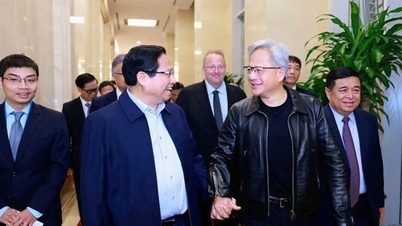


























































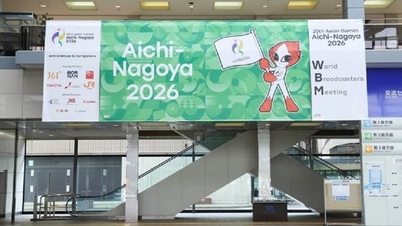






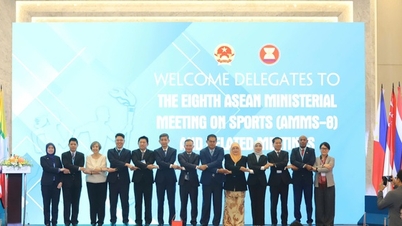
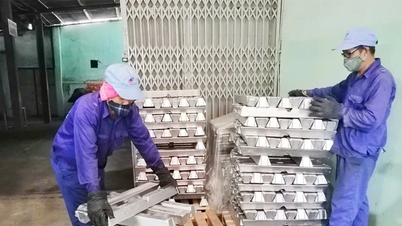

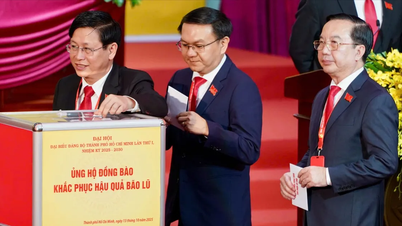























Comment (0)